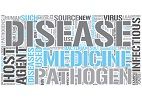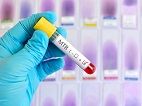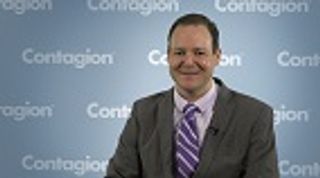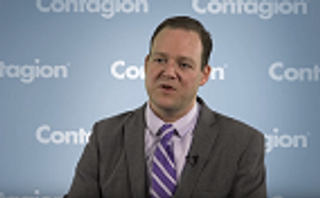
Antibiotics
Latest News
Latest Videos
CME Content
More News
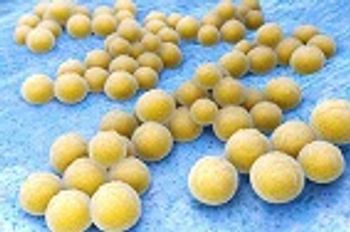
In a recent study in mice, researchers used a synthetic peptide to disrupt the bacterial stress response that causes abscess formation in skin infections with drug-resistant bacteria.
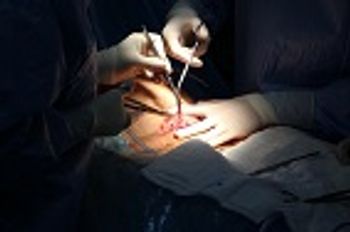
Although they’re often life-saving, all hospital operations come with the risk of surgical site infections. C-section are no different, researchers, in a recent medical trial, have found a way to slash post-operative infection rates with the use of an extra antibiotic.

With the use of antibiotics remaining high and steady in American hospitals and healthcare facilities, new rules on infection prevention and antibiotic use are set to bring changes to thousands of nursing homes, nationwide.

The Centers for Disease Control and Prevention (CDC) has awarded scientists combating antibiotic resistance with more than $14 million in funding for new research and innovations by universities, nonprofits, and the business community.
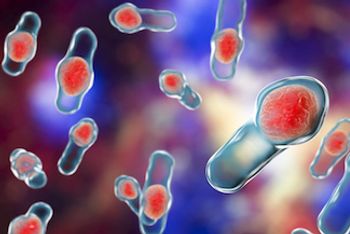
Consumer Reports recently evaluated more than 3,100 hospitals in the United States and found that about a third of them received a low rating for controlling infections from Clostridium difficile.

Richard Krieger, MD, chairman of the Infection Control Committee at Chilton Medical Center, and infectious disease physician at ID care, explains how clinicians should manage patients with so-called “chronic Lyme disease.”
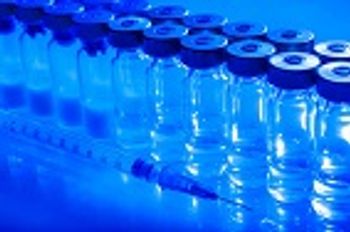
Following the recent United Nations General Assembly meeting to discuss the growing global threat of antimicrobial resistance, health experts are highlighting the role vaccines can play in preventing dangerous infections.
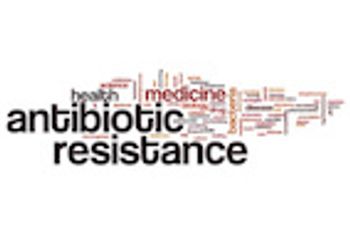
As antibiotic-resistant bacteria continue to endanger public health, greater attention from health officials and new US federal funding aimed at fighting superbugs, signal a new urgency in this battle.
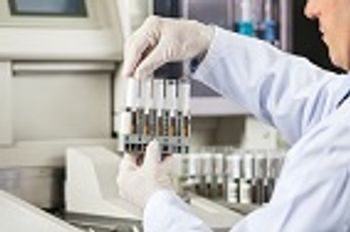
Current traditional culture methods can take up to three days to identify bacteria and test antimicrobial resistances from a urine sample.

Recent research suggests those who are physically active may have a lower risk of bacterial infections than those who live a sedentary lifestyle.

According to newly published research, high levels of zinc changes microbiota in the gut decreasing resistance to infections from Clostridium difficile.
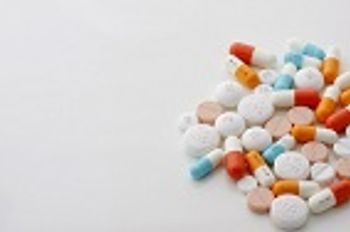
As individual nations attempt to make meaningful progress on stemming antibiotic use, a troubling new study shows that hospitals in the United States have continued to dispense antibiotics at a steady rate in recent years.

State health departments in Minnesota and Washington are on the alert after recent outbreaks of Legionnaire’s disease.

When researchers recently discovered a strain of Escherichia coli resistant to the final resort antibiotics colistin and carbapenem in the United States, it marked an increasing pattern of pan–drug-resistant bacteria appearing worldwide. A new report from France, though, may indicate that identifying and isolating these deadly superbug strains may help us control their spread.
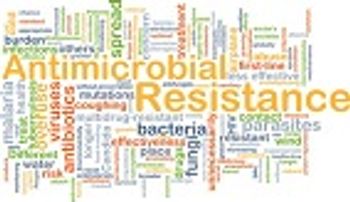
On September 21, 2016, delegates at the 71st meeting of the United Nations (UN) General Assembly gathered to discuss the shared danger of antimicrobial resistance, signaling the global scale of this urgent public health crisis while pledging to collectively tackle the problem of superbugs.
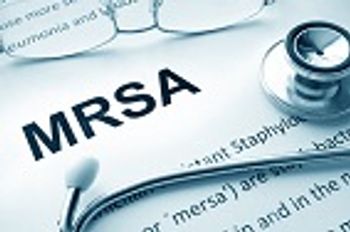
Health officials around the world agree that our one of the best steps to reducing the problem of antimicrobial resistance is scaling back on unnecessary overprescribing of these medications. As doctors in many countries work to implement these efforts, a new report out of the United Kingdom shows some progress in the fight against drug-resistant “superbugs,” along with plenty of work to still be done.
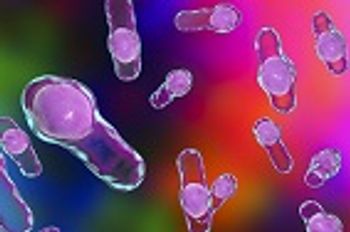
As so-called “superbug” bacteria continue to develop new ways of resisting antibiotics, scientists are on the search for new and alternative treatments. Promising news from a recent study is now showing that we may be able to battle the most virulent strains of the Clostridium difficile bacteria with a class of drugs already on the market.

Barry Kreiswirth, PhD, founding director, Public Health Research Institute Tuberculosis Center, professor of medicine at Rutgers University, discusses the “ideal” treatment method for antibiotic-resistant bacteria.
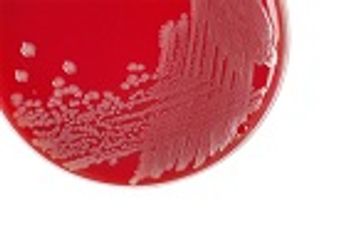
The number of illnesses, hospitalizations, and deaths caused by Salmonella have been steadily rising each year, and now findings from new report on nontyphoidal Salmonella enterica show that some 20% of blood isolates of the bacteria have antibiotic resistance.

As health experts around the world take on the problem of antimicrobial resistance and overuse of antibiotics in humans as a prime cause, world leaders are reminding us of another contributor to this global health issue: our farming system.

A team of scientists from Rutgers University and Columbia University recently discovered a new strain of Escherichia coli (E. coli) believed to be the first in the United States with resistance to two kinds of antibiotics considered to be last resort weapons to prevent dangerous infections.
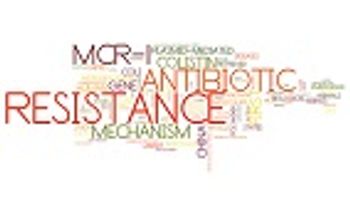
When the colistin-resistant gene, mcr-1, was first found in China in 2015, health officials around the world knew that the gene would inevitably appear in their countries. It has since been detected in other parts of Asia, Europe, and North America, including Canada, which just released a 2016 report from their Canadian Antimicrobial Resistance Surveillance System.
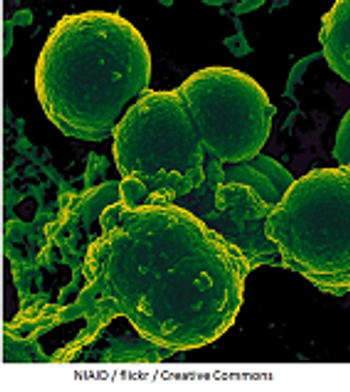
To find the next great innovation to fight the spread of drug-resistant bacteria, the National Institutes of Health has announced the launch of a new federal prize competition dubbed the Antimicrobial Resistance Diagnostic Challenge.

Barry Kreiswirth, PhD, founding director, Public Health Research Institute Tuberculosis Center, professor of medicine at Rutgers University, discusses the alarming rate of which antibiotic-resistant strains and genes are spreading worldwide and our need for new, effective antibiotics to counteract it.

Barry Kreiswirth, PhD, founding director, Public Health Research Institute Tuberculosis Center, professor of medicine at Rutgers University, discusses the implications of the findings of his study.

